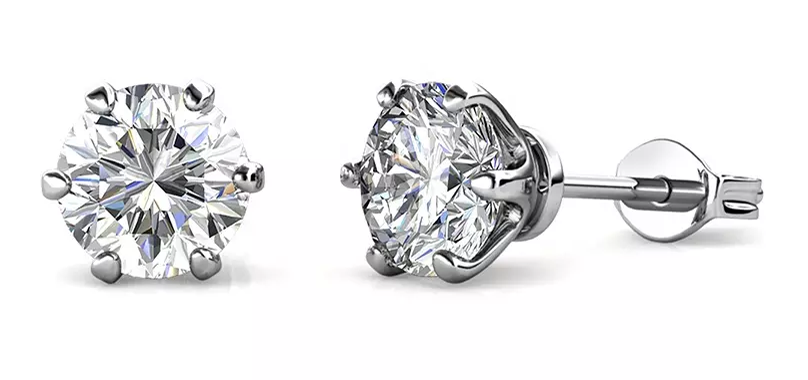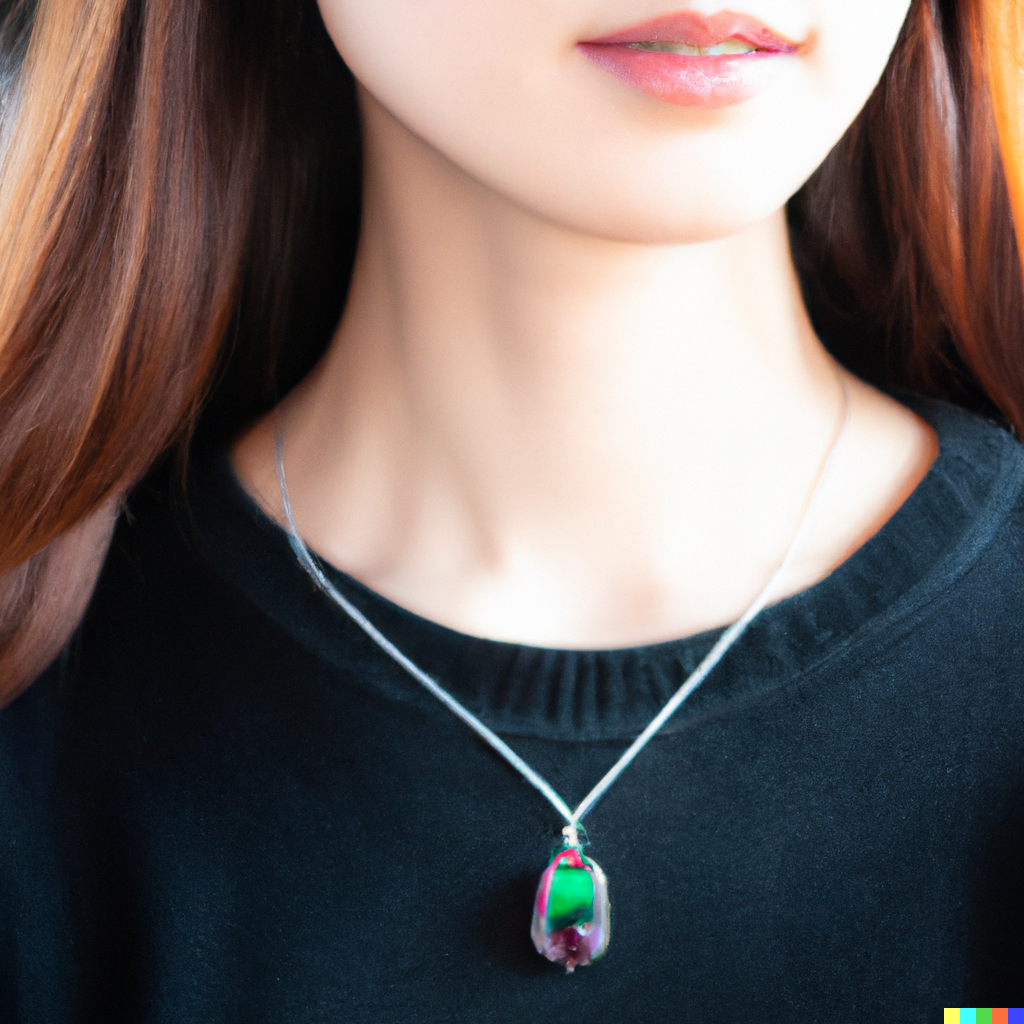All About Rubies
One of the most popular traditional jewelry stones, ruby is exceptionally durable. Its colors — always red — can reach vivid levels of saturation. Fine-quality rubies are some of the most expensive gemstones, with record prices over $1,000,000 per carat. However, rubies are also subjected to more treatments than almost any other gem. Treatments are commonplace and expected with Rubies. They will enhance the color and value of the stone.

Burma or Burmese Ruby
This is the traditional color most people think of when we say Ruby. The darkest and most sought after color is aptly (and gruesomely) named Pigeons Blood. As of May 2015, the record price for a ruby is approximately $1.172 million per carat. ($30 million for a 25.59 carat Mogok “pigeon’s blood” ruby). Round, pear and marquis cuts will add about 10% extra to the cost per carat. Emerald cuts can add up to 30% more due to the complexity of the cut.

Large, gem-quality rubies can be more valuable than comparably sized diamonds and are certainly rarer. In fact, smaller blue sapphires (1 to 3 Carats) are relatively abundant compared to small, gem-quality rubies. As a result, even small rubies have relatively high values.

The vast majority of rubies are “native cut” in their country of origin. High-value ruby rough is tightly controlled and rarely makes its way to custom cutters.

Occasionally, such native stones are re-cut to custom proportions, albeit at a loss of weight and diameter. Custom-cut and re-cut stones usually have higher values per carat than native or commercial-cut stones.
The Data About Rubies
| Name | Ruby |
| Is a Variety of | Corundum |
| Varieties | Flux-Grown Ruby, Geneva Ruby, Star Ruby, Verneuil Ruby |
| Crystallography | Hexagonal (trigonal) |
| Refractive Index | 1.757-1.779 |
| Colors | All varieties of red, from pinkish, purplish, orangey, brownish, to dark red. |
| Luster | Vitreous to adamantine |
| Polish Luster | Vitreous to subadamantine |
| Fracture Luster | Vitreous |
| Hardness | 9 |
| Wearability | Excellent |
| Fracture | Conchoidal |
| Specific Gravity | 3.99-4.1, usually near 4. |
| Birefringence | 0.008-0.009 |
| Cleavage | None |
| Dispersion | 0.018 |
| Heat Sensitivity | No |
| Luminescence | Myanmar stones fluoresce intensely, red, in SW, LW, and X-rays. Red fluorescence is, however, not diagnostic of country of origin or natural origin. Thai ruby fluoresces weak red in LW, weak or none in SW. Sri Lankan ruby fluoresces strong orange-red in LW, pink (moderate) in SW. Flame Fusion: very strong in LW, orange/red, moderate to strong in SW, orange/red. Flux Grown: strong in LW, orange/red, moderate to strong in SW, orange/red. (May have blue over-tint) |
| Luminescence Present | Yes |
| Luminescence Type | Fluorescent, UV-Long, UV-Short, X-ray Colors |
| Enhancements | Heat treated (common), fracture-filled (occasional), lattice diffusion. |
| Typical Treatments | Fracture/Cavity Filling, Heat Treatment, Infusion/Impregnation, Lattice Diffusion |
| Special Care Instructions | None |
| Transparency | Transparent to opaque |
| Absorption Spectrum | A distinctive spectrum; a strong red doublet at 6942/6928 is notable, and this may reverse and become fluorescent. Weaker lines at 6680 and 6592. Broad absorption of yellow, green, and violet. Additional lines seen at 4765. 4750, and, 4685. (The reversible fluorescent doublet is a sensitive test for the presence of chromium in a corundum. Even mauve and purple sapphires have a trace of Cr and show these lines). |
| Phenomena | Asterism |
| Birthstone | July |
| Formula | Al2O3 + Cr |
| Pleochroism | Strong: purplish red/orangey red. (Trace minerals can dampen this effect). |
| Optics | RI: o = 1.757-1.770; e = 1.765-1.779 (usually 1.760, 1.768); Uniaxial (-) |
| Optic Sign | Uniaxial - |
| Etymology | From the Latin ruber for red. |
| Occurrence | Metamorphosed crystalline limestones and dolomites, as well as other metamorphic rock types such as gneiss and schist. Also, igneous rocks such as granite and nepheline syenite. |
| Inclusions | Natural rubies: silk, rutile needles, usually crossing at a 60 degree angle. Zircon crystals with halo of dark fractures, fingerprints, hexagonal growth lines, color zoning. Synthetic rubies: see "Synthetics" below. |





















Leave a comment